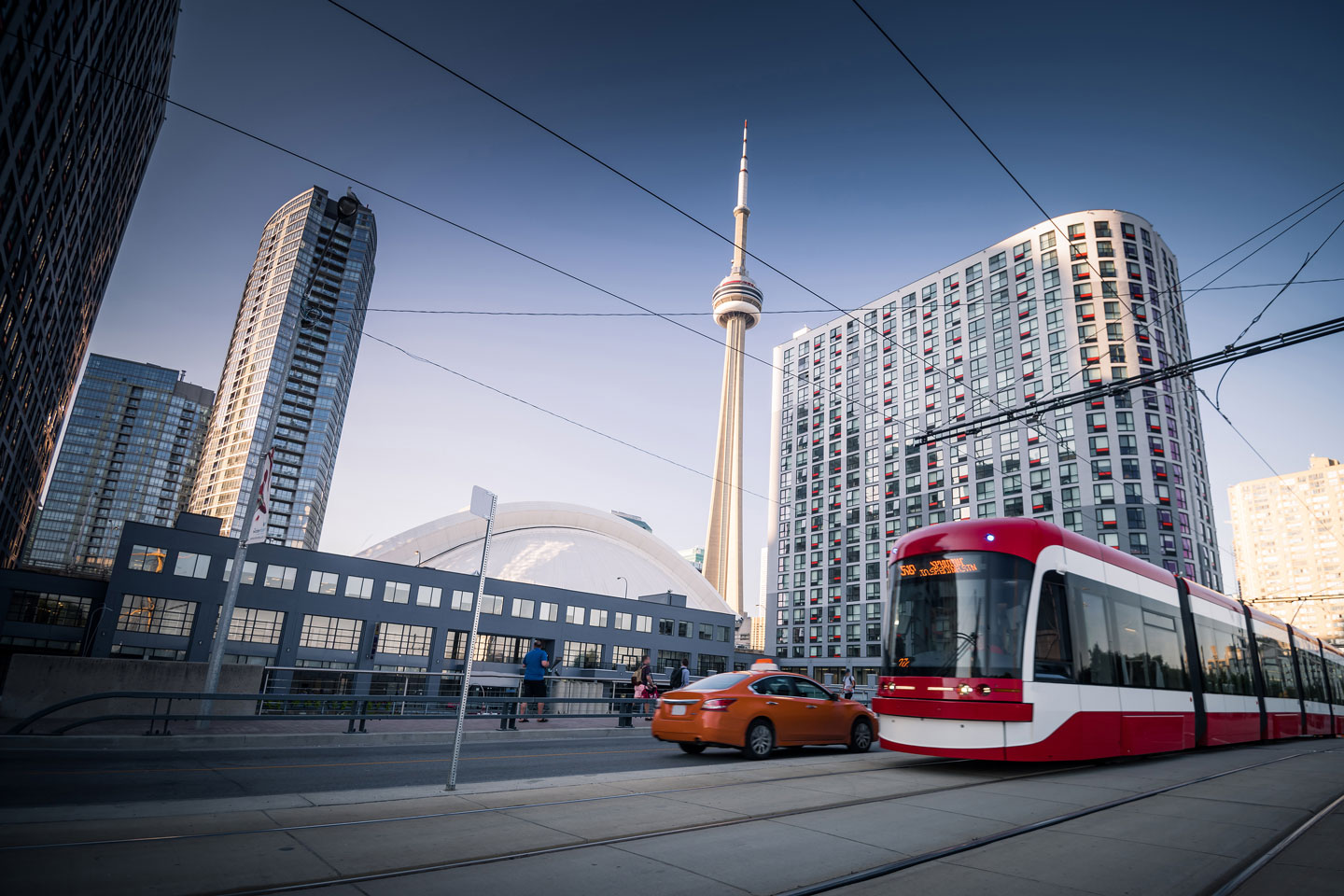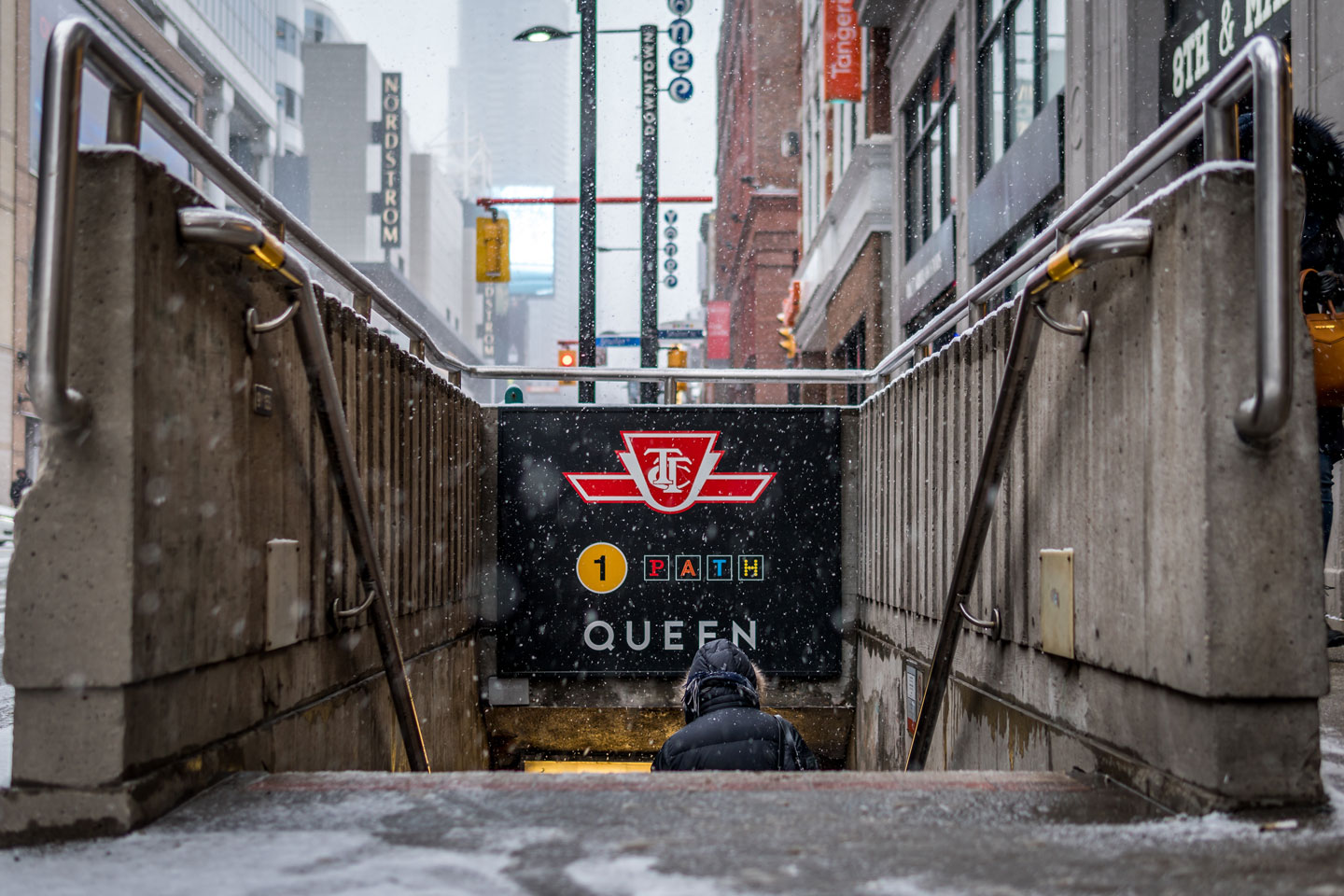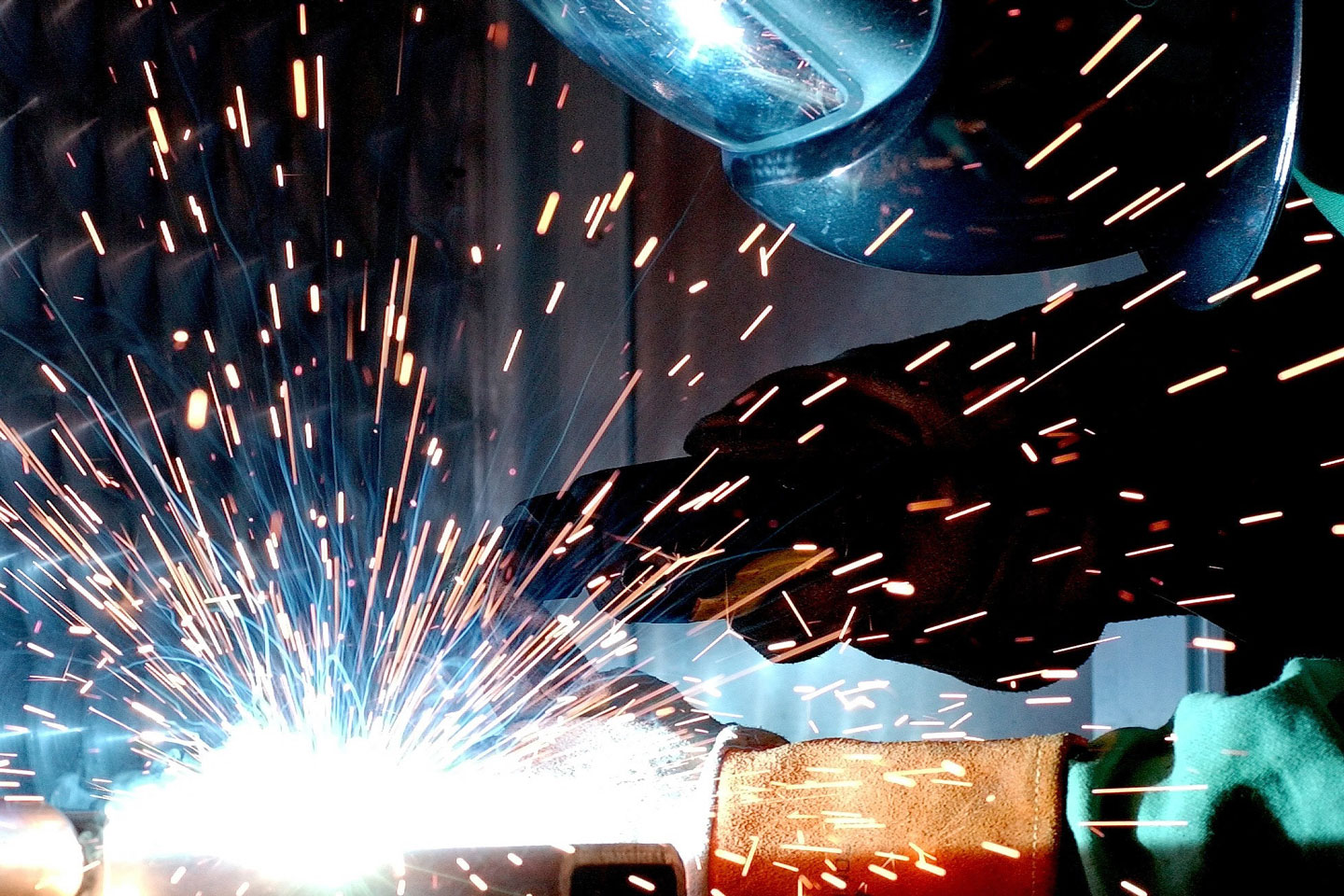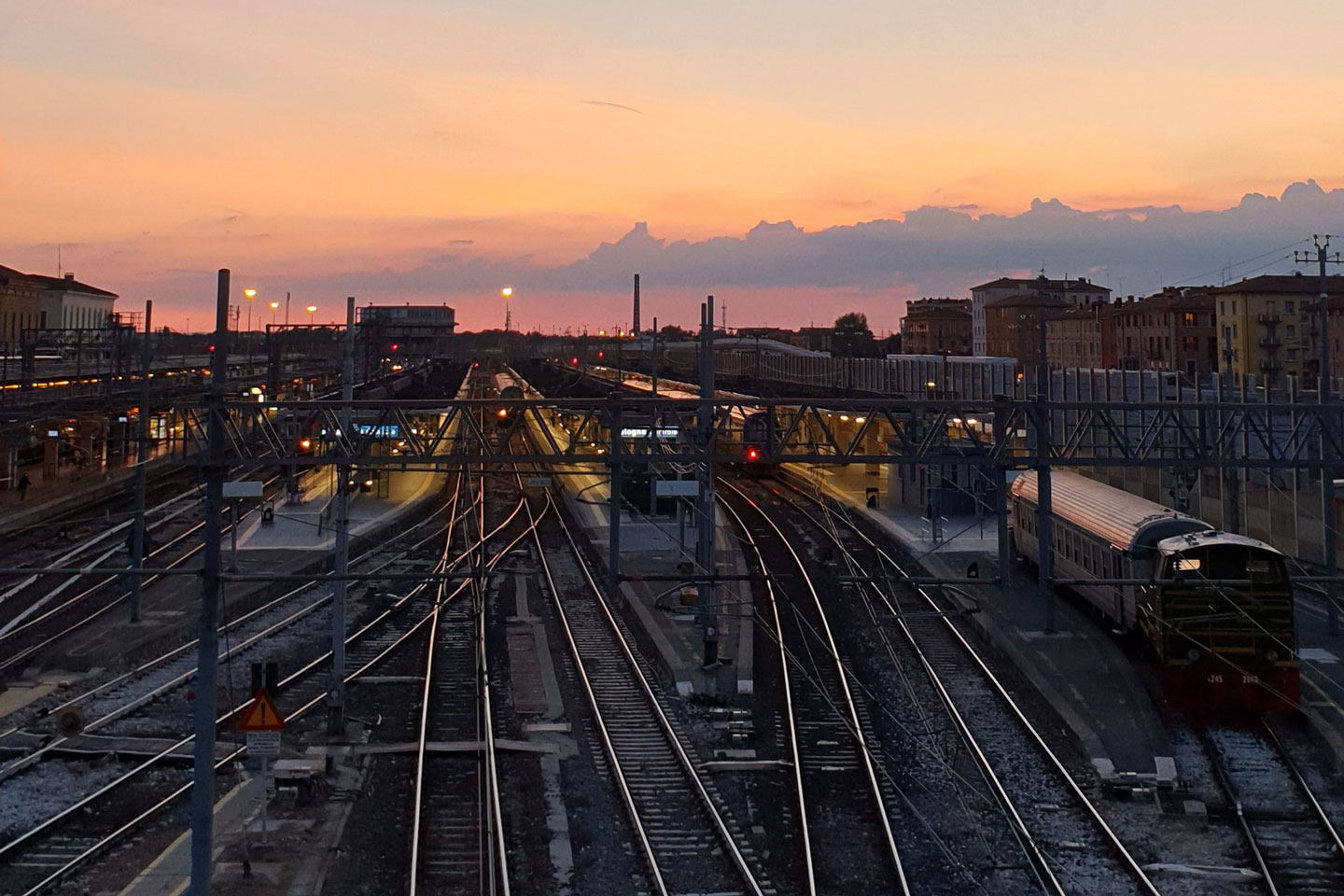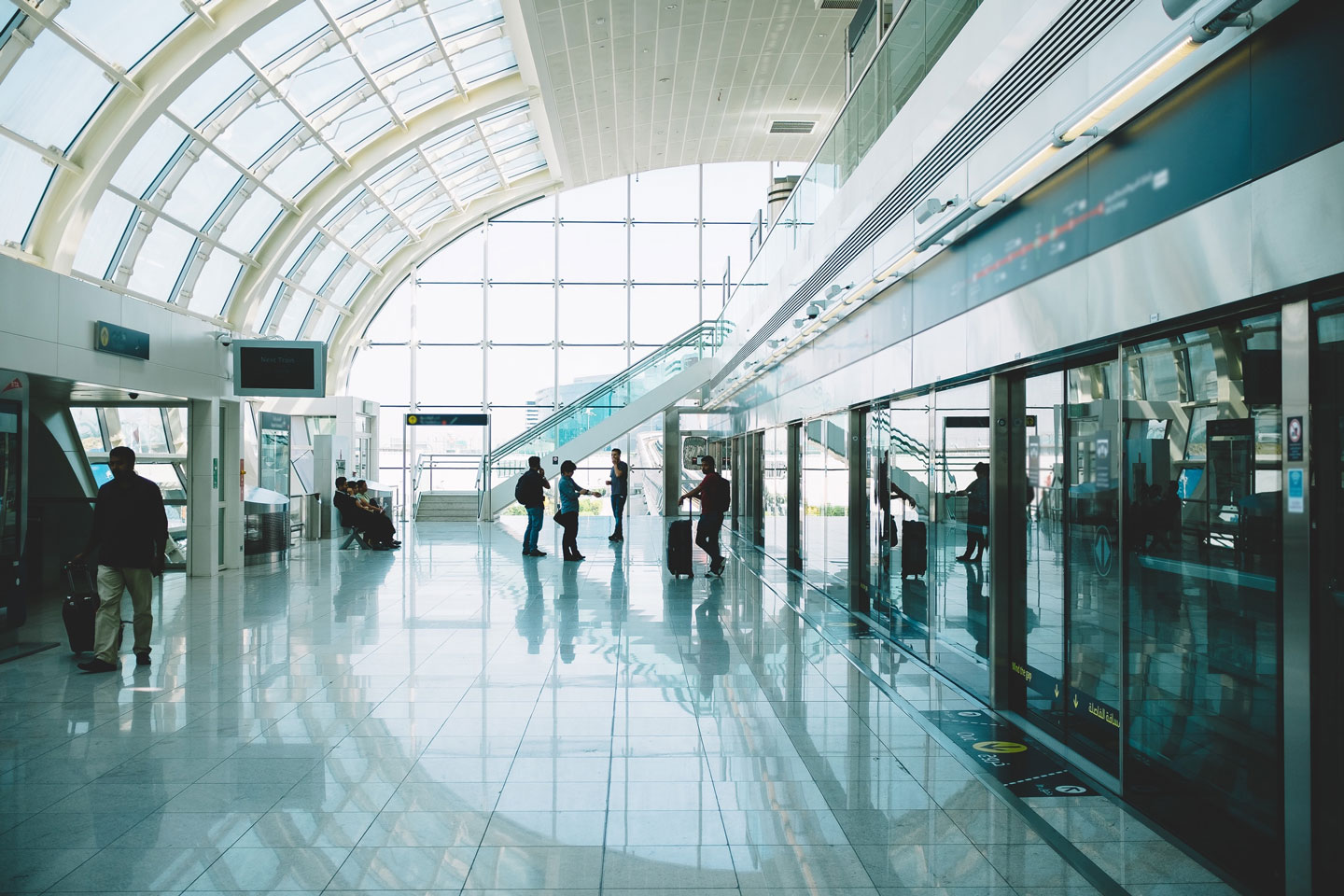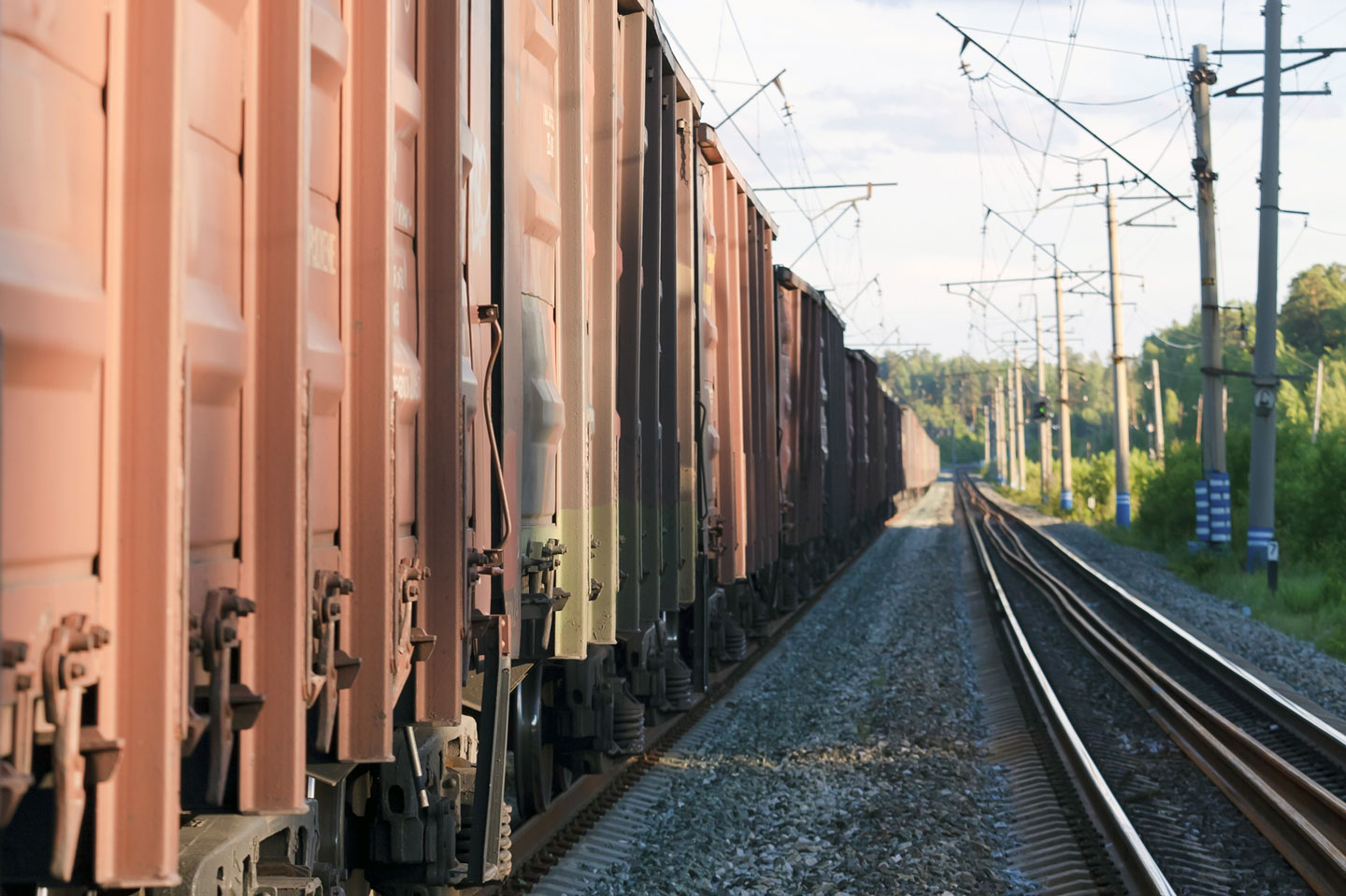Toronto’s success, like the GTA’s, is also the root of its infrastructure challenges. After decades of sustained population growth, Toronto’s rising housing costs combined with previous levels of crippling congestion put at risk its economic competitiveness, prosperity and quality of life.
For the five years preceding the pandemic, Toronto added 266,000 jobs and 343,000 residents. While the future is uncertain, Toronto’s transportation and housing shortages are unlikely to be significantly improved by new ways of working brought on by the postpandemic reality. Infrastructure simply isn’t keeping pace and gaps will not go away on their own. If the City’s growth returns to prepandemic rates, Toronto could even exceed its Employment Growth Plan before 2041.9
Toronto’s powerful and growing knowledge-based economy will drive Ontario’s competitiveness in the twenty-first century and stimulate the Province’s economic recovery. But competition for human capital is ferocious, and Toronto is competing with global heavyweights like New York, San Francisco and London. In the global competition for talent, providing livable, well-connected and affordable cities will be paramount.
Major projects are underway. Regional Express Rail will increase connectivity by providing passenger train service every 15 minutes. The forthcoming Eglinton Crosstown LRT and Finch LRT will provide new services. The Port Lands Flood Protection project will unlock hundreds of acres on prime waterfront land for residential and commercial development. These projects are a great start — but they are not enough.
